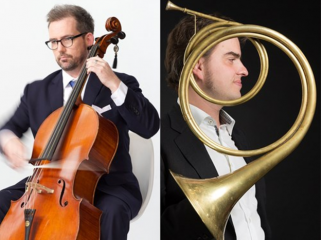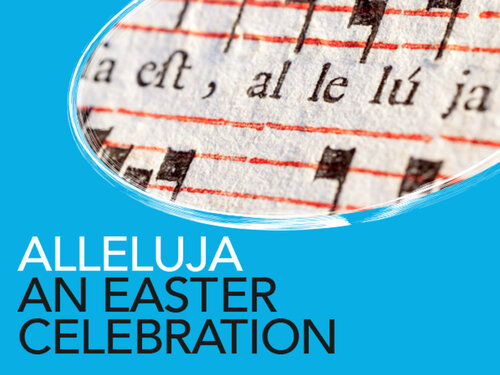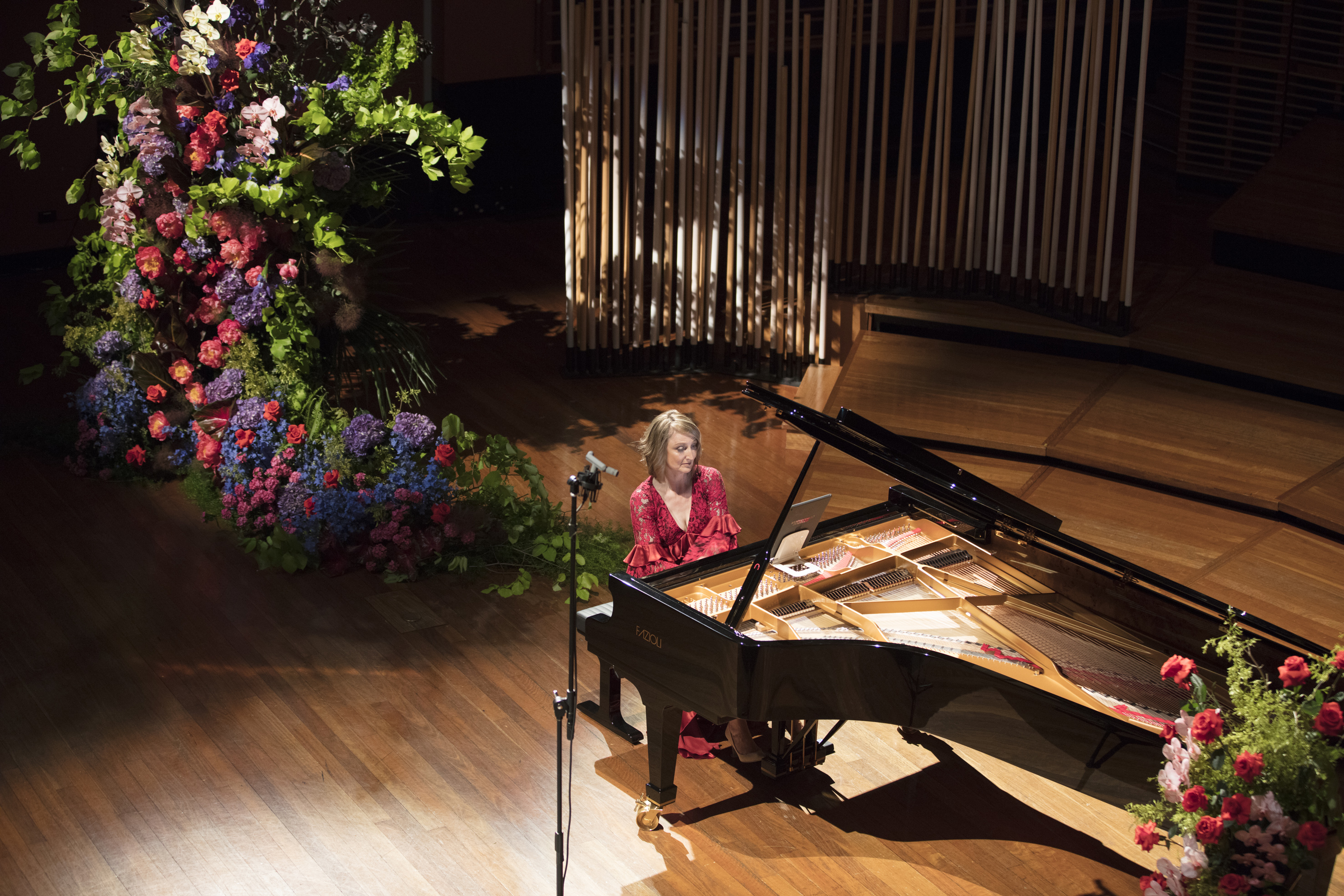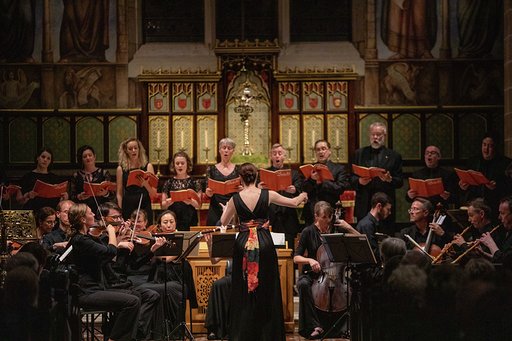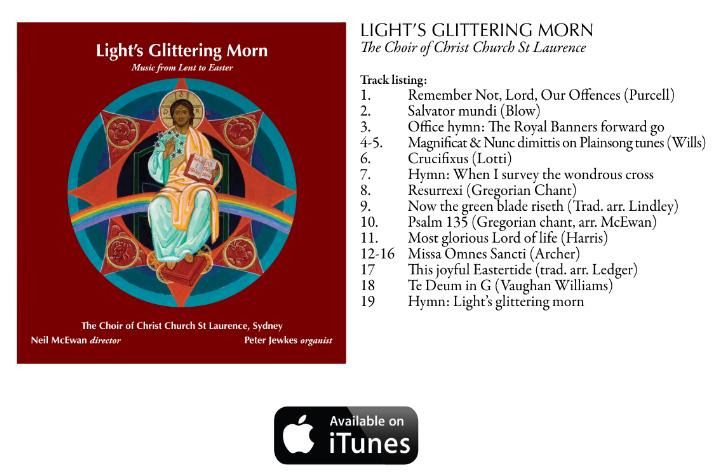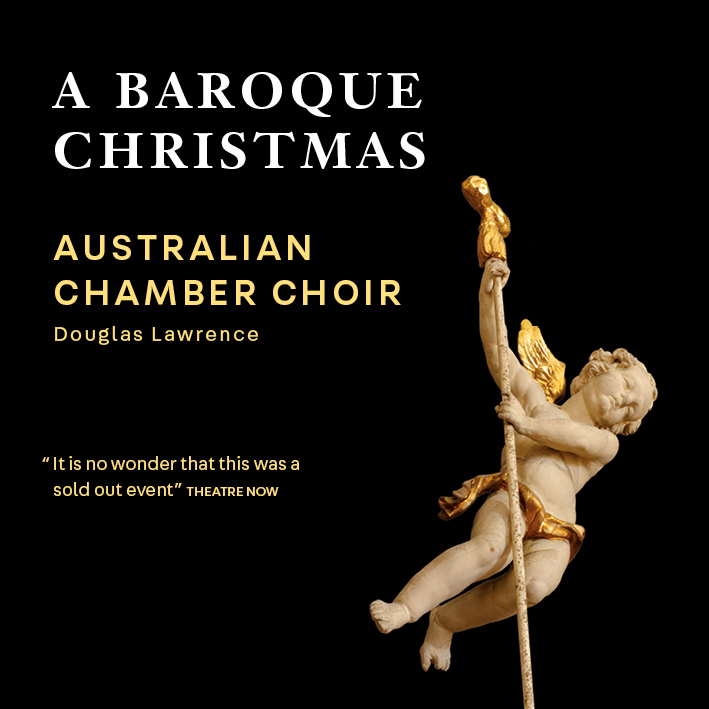Concert Review: Haydn, Mozart And Friends/ Australian Brandenburg Orchestra
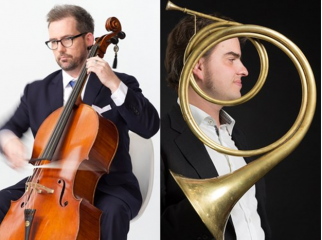
Haydn, Mozart and Friends/ Australian Brandenburg Orchestra
City Recital Hall,
13 September, 2017
In a programme anchored by two brilliantly performed favourites of the classical canon, it was as much the left-of-field inclusions that had the audience captivated, when the Australian Brandenburg Orchestra directed from the fortepiano by Paul Dyer AO, presented Haydn, Mozart and Friends.
Featuring guest Belgian horn player Bart Aerbeydt playing Mozart’s Concerto for Horn No. 4 in E flat major K495 and Brandenburg cellist Jamie Hey performing Haydn’s Cello Concerto in C major, Hob.VIIb:1, it was the openings of the two halves of the programme which drew attention firstly, to the music of Christian Cannabich (1731-1798), a lesser known contemporary of both Mozart and Haydn and later, to the concept of the Harmonie – a small wind band of the 18th century, supported by European aristocracy for whom the musicians performed entertainment and background music.
Cannabich – composer, violinist and conductor, grew up in a family of musicians, was prominent in the Mannheim symphonic tradition and conducted the Mannheim court orchestra during its golden age before continuing his career in Munich. By all accounts he was extraordinarily gifted, which led Mozart to write to his father Leopold, that Cannabich was the best director he had ever seen, despite the more critical words of Leopold in 1778 describing Cannabich as a “wretched scribbler of symphonies.”
Cannabich produced over 70 symphonies and 20 ballets with an unerring flair for bringing out the best of sounds and style in an instrument. The opening Sinfonia in E flat major contains some of his trademark ideas – simple triad-based themes and ‘the use of two violas for decoration, the prominence of the wind instruments, and the crescendos and decrescendos of the parts, especially the raging and fiery crescendos’ as noted by the German musician Vogler. Led by concertmaster Shaun Lee-Chen, the opening movement featured glorious heraldic arpeggios from the two period horns expertly delivered by Daryl Poulsen and Dorée Dixon with fine responses, matched in mood by the two period clarinets performed by Craig Hill and Marie Ross. The fortepiano – an exquisite looking piece – took centre-stage with Dyer directing from the keyboard. The genteel Andante led without break into a bustling Presto, building to a flourishing end.
An ensemble of 13 musicians gathered to accompany Jamie Hey in his showpiece Haydn cello concerto. This is a brilliant exercise in contrasting large and small instrumental forces against the soloist. Hey, supported by just one player from each string section produced sections of delicate beauty. The challenges of the first movement – full chords played across all four strings, rapid changes in register and a langourous cadenza, conveying Haydn’s characteristic jollity were deftly negotiated by Hey.
In the second movement, written without parts for the wind section, the string players and soloist offered up an intimate dialogue between the violin and cello layered with interjections from the fortepiano and a leaping cadenza from Hey before the Allegro molto finale, the most effervescent of the movements, brilliantly played by Hey, much of it with the left hand placed high on the fingerboard. Returning for a warmly welcomed encore, Hey performed a hypnotic rendering of the Prelude from JS Bach’s Cello Suite No 1.
All the musicians played on instruments that were true to the time, however, bassist Rob Nairn’s violone was of particular interest as a copy of an instrument that belonged to the Esterhazy family at the time that the concerto was premiered.
The second of the novelties was Mozart’s Harmoniemusik based on his Orientalist opera Die Entführung aus dem Serail (K. 384; The Abduction from the Seraglio). Last performed in Sydney as an opera in 2007, the overture is perhaps well-known but not so some of its arias. The Harmonie, as an ensemble, underwent various configurations until it emerged firmly as an octet in the late 18th century when Emperor Joseph appointed a Harmonie consisting of expert performers on oboe, clarinet, horn and bassoon. These were no liveried servants; they were first-class professionals playing repertoire that was technically and musically demanding, often full-length transcriptions of operas and ballets. The Harmoniemusik from Die Entführung aus dem Serail was transcribed by Mozart himself.
Here we had an expert ensemble in the 18th century configuration of a pair each of period horns, clarinets, oboes and bassoons. It was a superb opportunity to hear their distinctive sounds as well as to feast on their visual beauty. The overture was succeeded by instrumental versions of four arias – the lyrical Durch Zärtlichkeit und Schmeicheln, the declamatory Frisch zum Kampfe! Frisch zum Streite!, Ich baue ganz auf deine Stärke and the celebratory Ha, wie will ich triumphieren. Special mention goes to oboeist Emma Black and (again) period clarinetists Craig Hill and Marie Ross, especially for their interplay in Ich baue ganz.
Finally, Bart Aerbeydt arrived on stage with his 1810 natural horn tucked under his arm to perform Mozart’s K 495. But first, a crash course in the construction and performance of the natural horn which illustrated just how hard it is to coax notes from this coil of brass tubing. A member of the prestigious Freiburger Barockorchester, Aerbeydt’s instrument is diabolically challenging to play. Its sound of imperfect beauty, is achieved without valves, reliant on natural harmonics, embouchure, breath control and manipulation of the right hand in the bell of the horn. A daring cadenza in the first movement, a hauntingly beautiful and silken smooth Romance for a second movement and the rousing hunt-like Allegro vivace of the final movement were negotiated with aplomb. Pleasingly, Aerbeydt returned for an encore which he performed with the two horn players of the orchestra, Poulsen and Dixon.
Distinctive sounds, musical artistry, entertaining and informative.
Shamistha de Soysa for SoundsLikeSydney©
The Australian Brandenburg Orchestra’s Haydn Mozart and friends continues with soloists Bart Aerbeydt and Jamie Hey continues on selected evenings until 23 September at the City Recital Hall, and at the Joan Sutherland Performing Arts Centre, Penrith on 16 September.

